Conservation Areas
GREL has set aside about 1,569 ha of land as an area under conservation as seen in the table below.
| Area conserved | Hectare |
|---|---|
| Dedicated Forest | 246 |
| Riparian Buffers (buffer zones) | 894 |
| Hilly | 429 |
| TOTAL | 1569 |
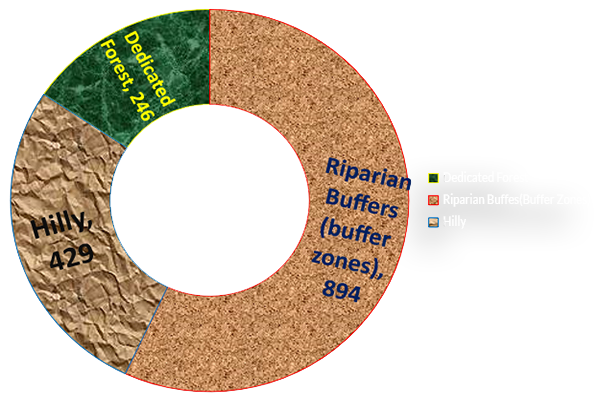
Biodiversity in GREL
GREL has set aside about 240 ha Awudua Forest and some riparian buffers as ‘no go’ areas for biodiversity management as part of our commitment to incorporate biodiversity conservation into our newly acquired concessions. Its continued protection and conservation will have long-term significant impact and positive implications on a wide range of flora and fauna population.
GREL set aside about 240HA as Forest for Biodiversity Conservation
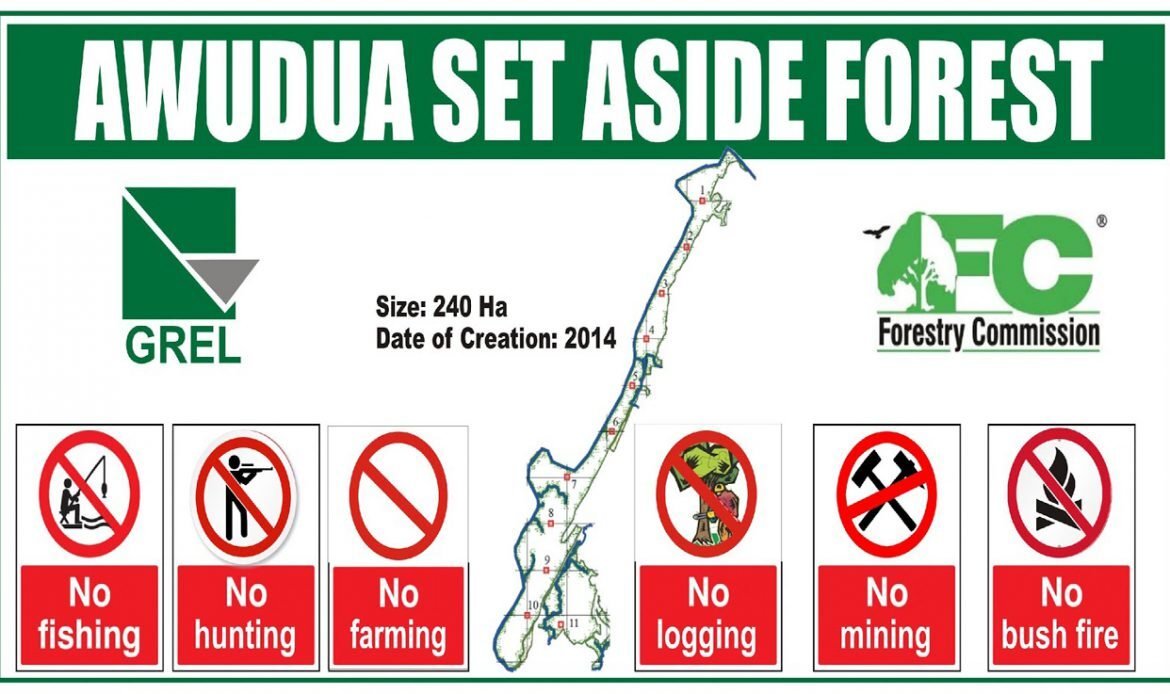

Grel partner KNUST to conduct research in Awudua forest – Team inspecting a butterfly trap
Biodiversity Monitoring
As part of GREL’s policies on HCV, annual monitoring of biodiversity is done to ascertain species population, abundance, and diversity.
Some of our biodiversity policies include:
- No deforestation
- Identify, maintain and protect High Conservation Value (HCV) and High Carbon Stock (HCS) areas
- Preserve at least 10% of the original ecosystem in newly acquired concessions
- No conversion on excessive slopes and along with water bodies
- Combat against poaching, illegal logging, and forest fires in set aside areas
Rare Frog species identified in Awudua Forest - Perfect camouflage in the mud
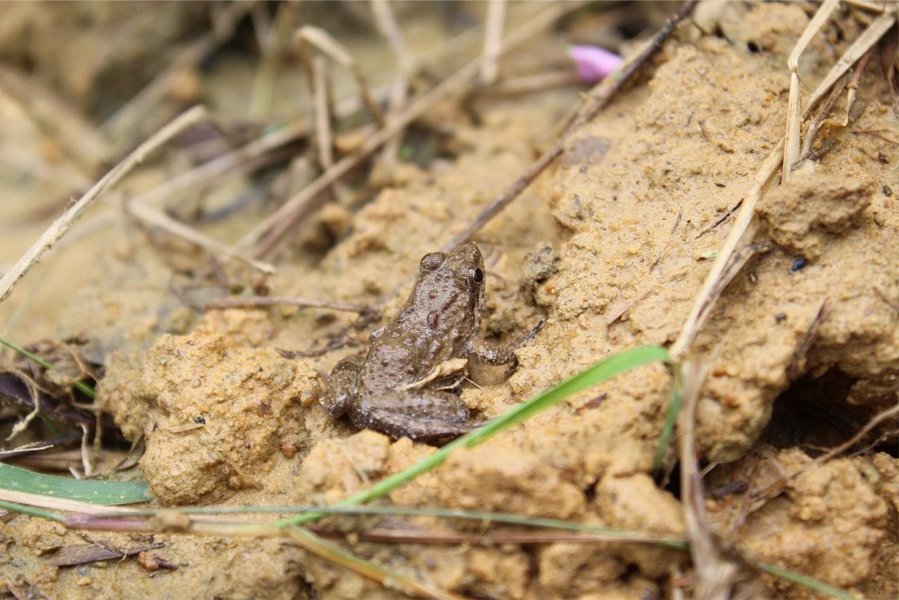

The Vulnerable and highly elusive Tree Pangolin (Phataginus tricuspis) found in Awudua Forest
A butterfly on rubber leaf identified in Awudua Forest

Some HCV Areas Identified in Awudua Forest
GREL has identified some high conservation value areas in the Awudua Forest.These areas include; Awudua Waterfall, Riparian Buffers, Rocks, etc

Waterfall identified and conserved in Awudua Forest
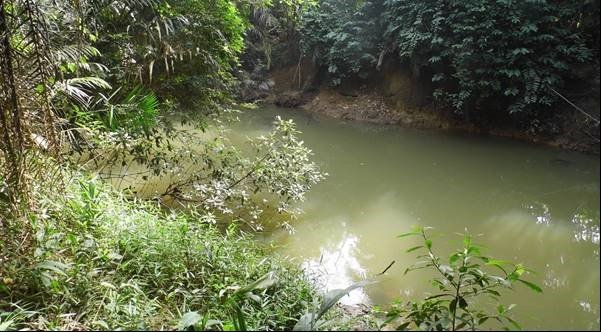
Riparian Buffer protected and conserved in Awudua Forest
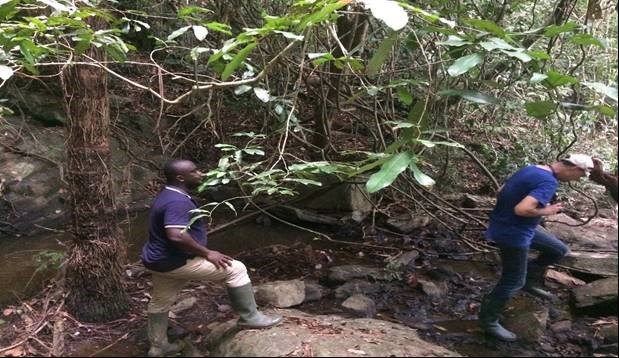
Grel Team visit and inspection of freshwater flowing through a pile of rocks

Riparian Buffer conserved in Awudua Concession
Reforestation/ Enrichment Planting at Awudua Forest
As part of SIFCA’s policies on sustainability and conservation which is geared towards responsible development of its operations and best management practices, GREL has started to reforest and enrich some degraded portions of the Awodua Forest by planting timber tree species.
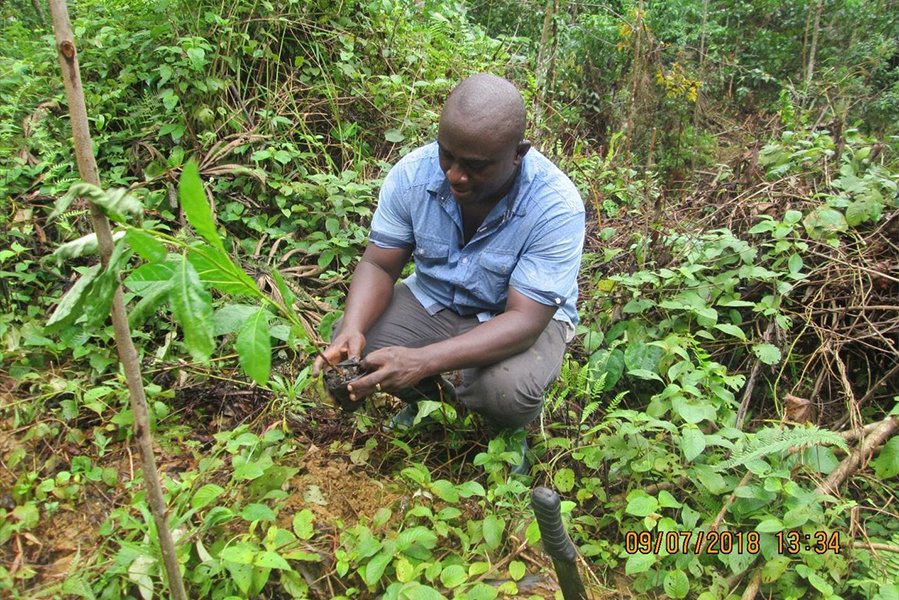
Reforestation with Cendrella Odorata in Awudua Forest
Some timber species planted in lines during the reforestation operation
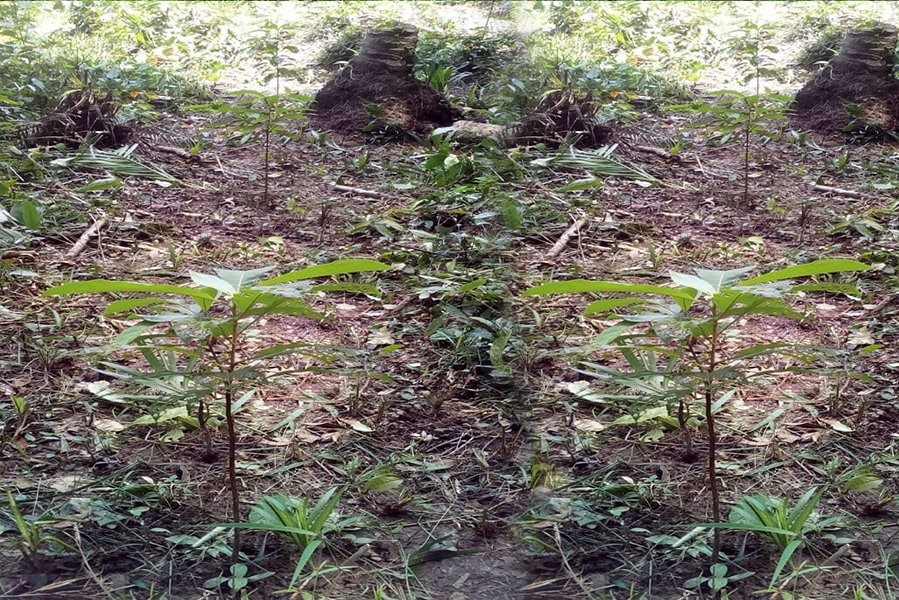
Eguafo Ecotourism Center
Eguafo Ecotourism is an abandoned tourist site at Agona Abrem, one of GREL’s operational areas in Central Region (Division 11).
GREL, as part of its Corporate Social Responsibility is committed to rehabilitating the Eguafo Tourism Site and put the place back to use.
Some significant features of the site include; Historical cave – a cave with bats that is believed to be a hiding place in ancient times, Special tree – 3 sisters that is three tree having similar features: exposed roots, stems located at the same place, Unique colony of different species of flowers, Rock-bearing tree, Tree growing from a rock, Evidence of Old Portuguese quarters, Tower, Butterfly sanctuary etc

Eguarfo Historical Tower – Used by the Portuguese to view over the forest

Special tree adaptation- Tree growing and surviving on rocks for years
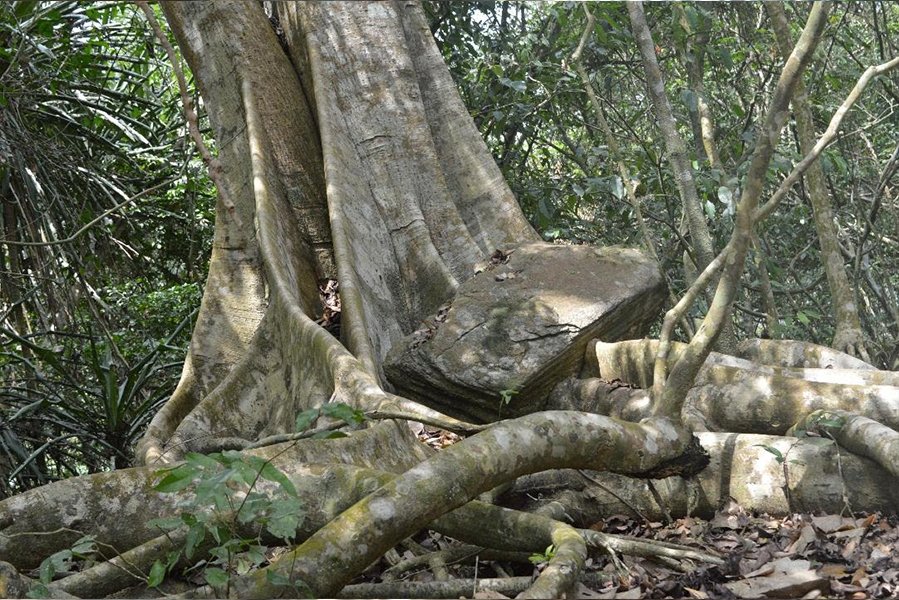
Special trees (3 sisters) - three trees having similar features: exposed roots, stems located at the same place

Historic cave - A cave with bats that is believed to be a hiding place in ancient times

Rock bearing tree – Rock stuck on exposed tree roots for years
Green House Gas (GHS) Calculator Project

Waste Management
Ghana Rubber Estates Limited is making progress with waste management
In the 21st century, the impact of organizational activities on the ecological environment has come to form an underpinning factor in management decisions. Environmental threats posed by organizational wastes continue to be a major problem today, closely connected with the increasing plastics consumption by Organization. Plastic debris represents a worldwide problem, since they can affect all underground and surface water bodies, with negative impacts and risks on wildlife, ecological habitats, and the health of coastal communities.
The overall environmental objective of Ghana Rubber Estates is to reduce wastes especially plastic wastes to the barest minimum. We have set for ourselves a target of 0% for plastic waste generation by year ending 2025. This overriding objective cannot be achieved without the cooperation of all stakeholders including management, staff, suppliers, customers, etc. of the company.
The table below shows our achievement within the past 12 months in terms of waste management from head office, field administration, canteen/guesthouse, clinic, and our garage.
Estimated General Waste to be Generated in 2020: 50,000kg
| Description | 2019 | 2020 | Percentage Difference |
|---|---|---|---|
| Total waste generated | 55,383.5kg | 23,842.49kg | 63.08% |
Estimated Plastic Waste to be Generated in 2020: 6,000kg
| Description | 2019 | 2020 | Percentage Difference |
|---|---|---|---|
| Plastic waste generated | 6,097kg | 4,200kg | 31.61% |
Estimated Paper Waste to be Generated in 2020: 10,000kg
| Description | 2019 | 2020 | Percentage Difference |
|---|---|---|---|
| Paper waste generated | 10,448.32kg | 2,722.28kg | 77.26% |
The above was not achieved on a silver platter as management had to go out of their budgets to procure new water dispensers and bottles for all the various departments. Additionally, a team has been set up to monitor the implementation and progress of the above policies.
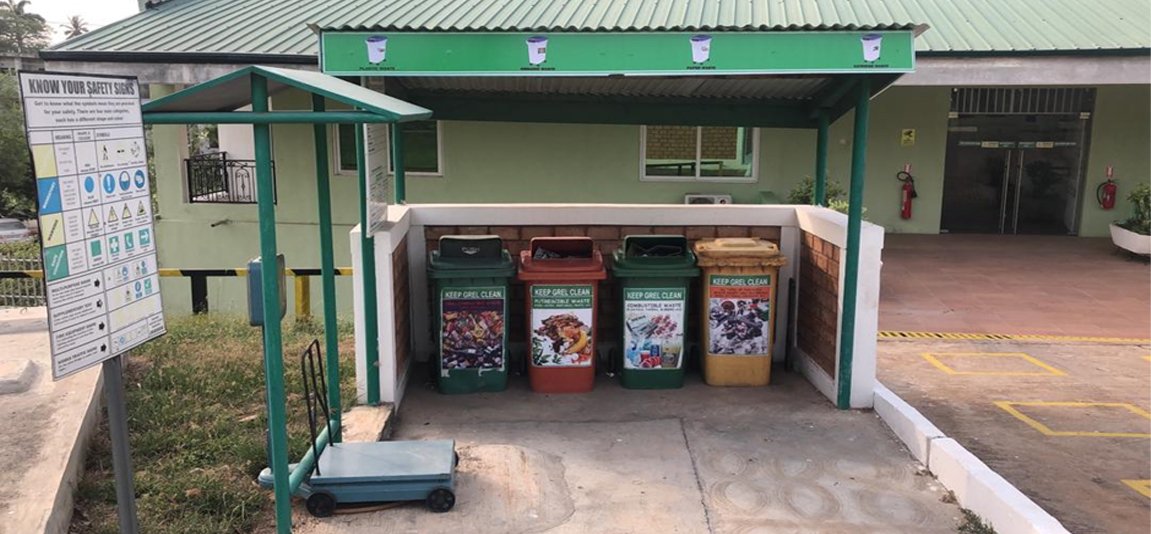
Head Office Waste Station
GHANA RUBBER ESTATES LTD.
Latex and so much more…
